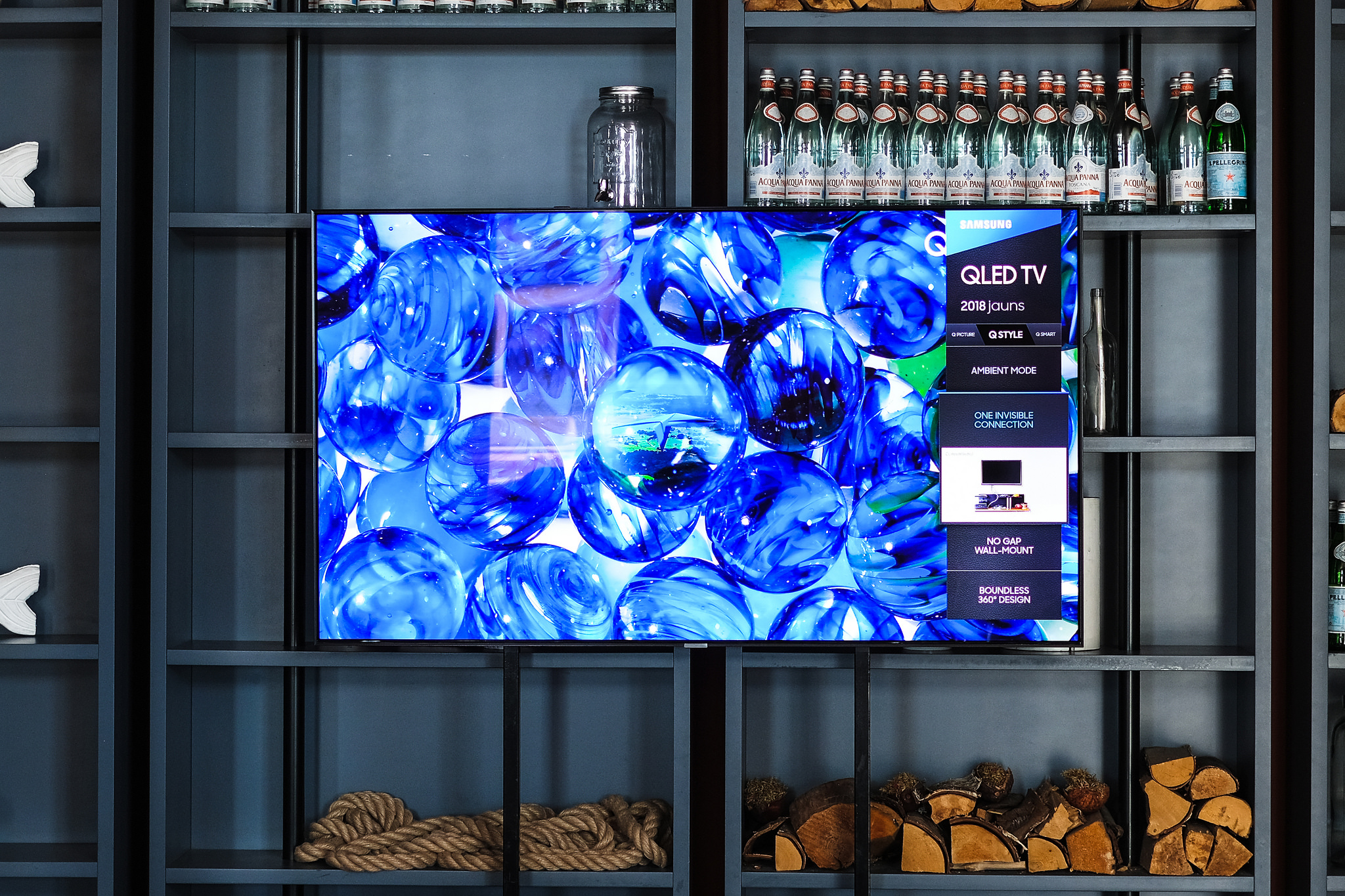From the early days of cathode ray tube TVs, the way they worked changed relatively little for a long time. Colour came in in the 1960s and screens progressively became wider and flatter, but the basic technology stayed the same.
Since flat screens came along, however, we have seen lots of changes – digital, high-definition, connected services and more. The latest change to come along is the introduction of QLED, but what exactly is it and should you be looking for it on your next TV?
OLED v QLED
TVs from most manufacturers are now available with OLED technology. Standing for organic light-emitting diode, this technology provides better contrast, producing darker blacks – often an area in which flat screens struggle – and better viewing angles.
QLED – quantum dot light-emitting diode – is so far only being produced by Samsung, Philips and Hisense, although other makers are likely to follow. This technology is intended to be the next step on from OLED, offering all the benefits of the earlier technology but adding improved colour and brightness.
As with any modern HD TV, you need a good aerial to make the most of it regardless of the technology. If you find your old antenna is not up to the job and are looking for a new TV aerial installation Swansea has some expert suppliers, such as www.onevisionltd.co.uk/tv-aerial-installation-swansea/, to help you get the best signal.
Pros and cons
What are the benefits of going for QLED? A big advantage is that QLED TVs use only around half the energy of their OLED equivalents. A recent report from British Gas suggests that 4K TVs are leading to a major increase in domestic energy consumption; therefore, switching to QLED could save you money on your electricity bill.
QLED sets undoubtedly deliver when it comes to more vibrant colours; however, to do this, they need to have a backlight, which means they can’t be as thin as OLED sets. It also means the depth of blacks can be affected if they are surrounding a bright part of the image.
QLED sets are currently slightly cheaper than OLEDs. As the technology becomes more widespread, the price gap is likely to widen; therefore, it might be worth waiting if you are not desperate for a new TV right now.

